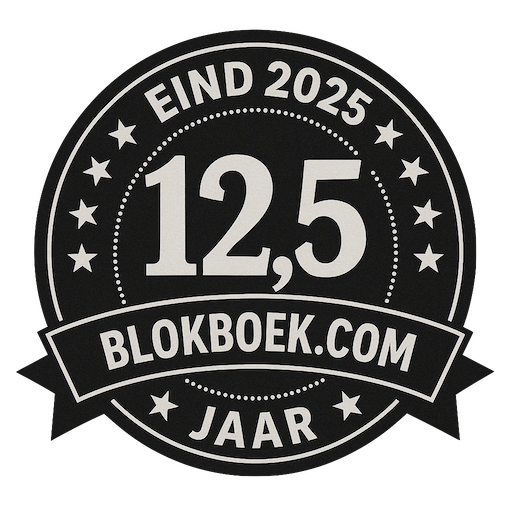Laurel Brunners Verdigris Blog: Digital Media vs Printed Matter
 Working out if it’s better for the planet to communicate in print, or to do it digitally just got easier, sort of. ISO standards developers working on documents for graphics technologies, have written a document for calculating the carbon footprint of electronic media. ISO 20294 is moving into the final stages of its development and is expected to be with ISO to ready for final publication by the end of the year. This is by no means a definitive piece of work, but it is hoped that it will encourage better appreciation of the environmental impact of digital media. At best it’s a start, but you don’t get anywhere without making a start.
Working out if it’s better for the planet to communicate in print, or to do it digitally just got easier, sort of. ISO standards developers working on documents for graphics technologies, have written a document for calculating the carbon footprint of electronic media. ISO 20294 is moving into the final stages of its development and is expected to be with ISO to ready for final publication by the end of the year. This is by no means a definitive piece of work, but it is hoped that it will encourage better appreciation of the environmental impact of digital media. At best it’s a start, but you don’t get anywhere without making a start.
The ISO process is robust because standards are subjected to regular reviews. It is in the review process that experts are able to feedback to standards writers the market response to their work. In the case of ISO 20294, this is especially important because there is such a dearth of knowledge related to data usage for electronic media. It’s a work in process.
Although the carbon footprint of an e-book is relatively low for the e-book itself, unlike print its support and usage carry a load because the e-book can only be read using some sort of electronic device. How much of a load can be ascribed to a particular e-book is unclear, but the device’s contribution can be quantified. With ISO 20294 we should be able to start collecting data that allows us to be more precise, particularly when it comes to allocating data loads across servers and devices.
It’s too soon to know how this document will be used, but it is clear that it will be useful for carbon footprinting calculations. It will be suitable for comparing digital media’s carbon footprints with those of print, calculated according to its companion document for printed matter, ISO 16759.
These two standards follow the same basic principles and both include requirements stipulating what has to be included in the calculation method. ISO 20294 includes multicriteria calculations based on four fundamental Life Cycle Analysis (LCA) phases, although LCA is out of scope for ISO 16759. The four phases in an LCA are defining the goal and scope of the study; creating an inventory of everything to be evaluated; an impact assessment phase, and an interpretation phase. None of these is simple and all place a considerable burden on whomever is doing the calculations, so for ISO 20294 it’s important to get maximum feedback from the market.
The other important consideration for this document is its implementation, particularly as consumers and business owners are starting to ask questions relating to data loads for the internet. Storing electronic media carries a load but it is not clear how we can allocate values across media files and on what basis that allocation should be made. Obscure and rarely downloaded publications may only be stored on a handful of servers and their users’ desktops. Blockbuster movies however not only require many terabytes of storage and back up, they are also likely to be accessed by many people and probably quite often. With ISO 20294 calculating the carbon footprint of a hugely popular movie will follow the same standardised process as for calculating the carbon footprint of a less popular digital treatise. They both follow the same process, so we will be able to start gathering data within the next year or so. This will be another step forward in the environmental accountability of graphics technology.
Laurel Brunner
This article was produced by the Verdigris project, an industry initiative intended to raise awareness of print’s positive environmental impact. This weekly commentary helps printing companies keep up to date with environmental standards, and how environmentally friendly business management can help improve their bottom lines. Verdigris is supported by the following companies: Agfa Graphics, EFI, Fespa, HP, Kodak, Kornit, Ricoh,Spindrift, Unity Publishing and Xeikon.

De trainingen voor 2022 staan gereed. Kijk voor het volledige online aanbod van bestaande- en nieuwe trainingen op de website.
BLOKBOEK.COM EN PRINTMEDIANIEUWS: HET OPTIMALE DOELGROEP BEREIK



















